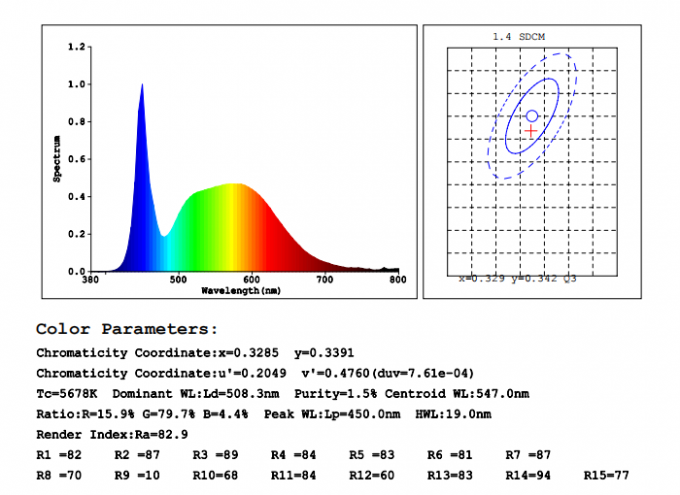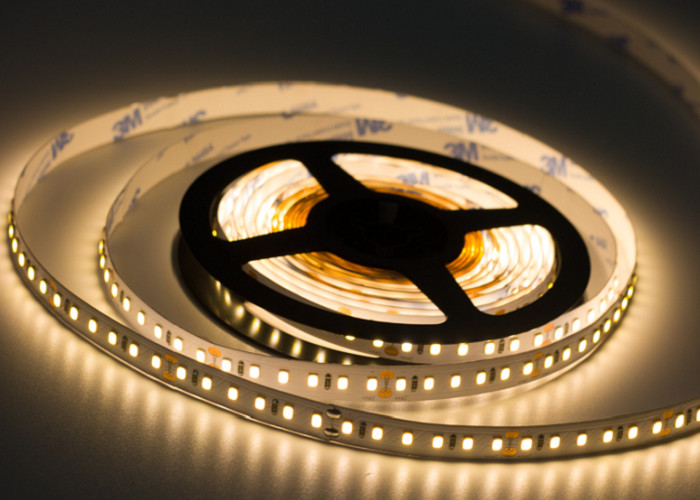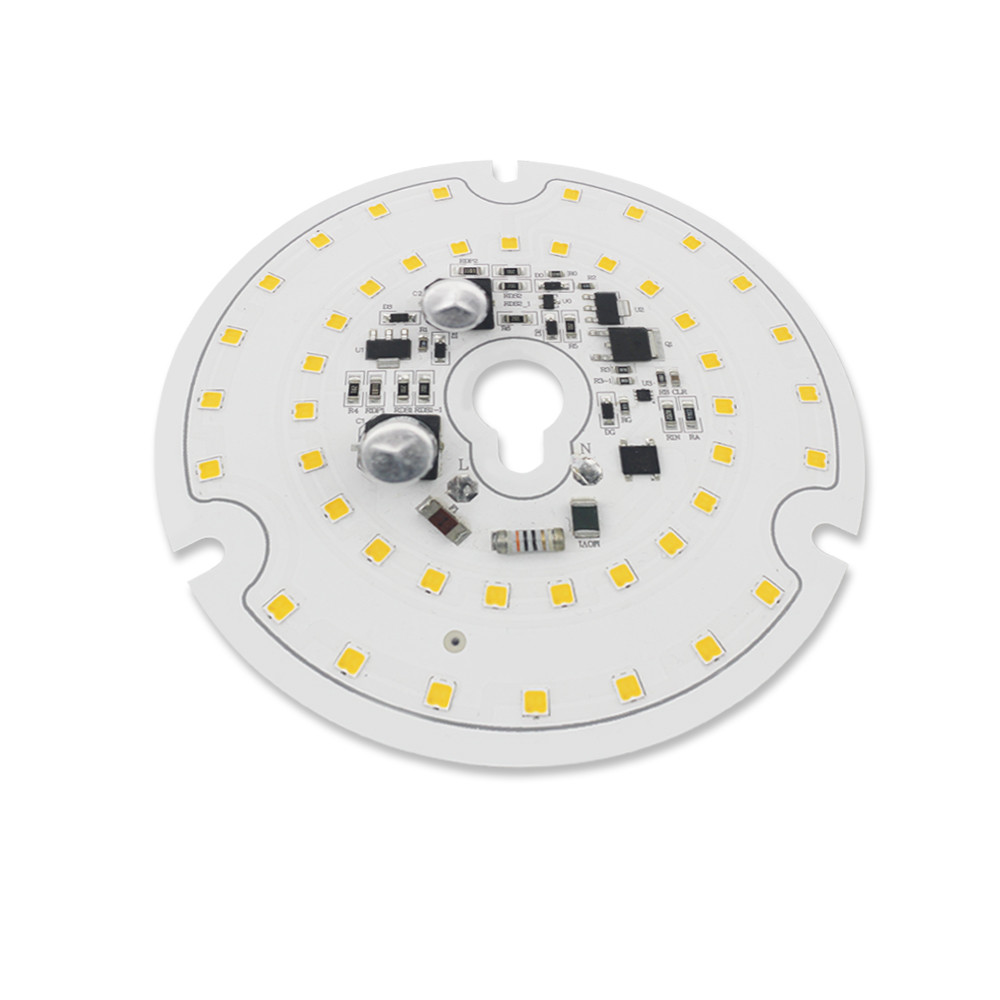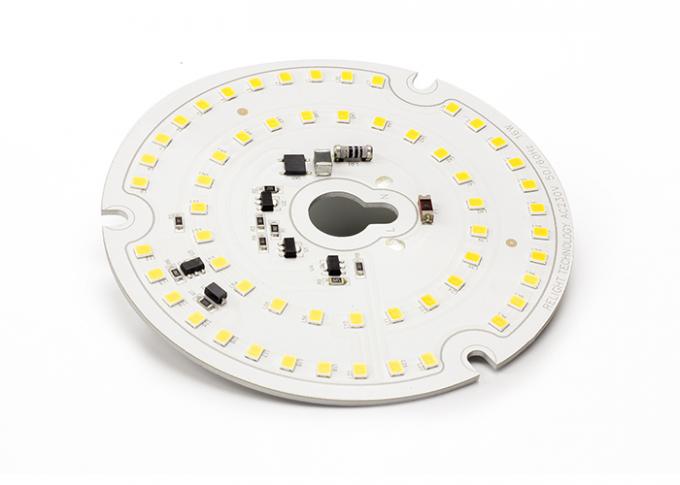

If you're that concerned.do some homework on your local water supply, and maybe do your final rinse with distilled water.

These traces won't hurt you when you drink it (it's bacteria that bites), but they leave residue on your film when it dries. that comes with tap water from your film. Photo Flo is a final wash/rinse to remove the minerals etc. If you want to experiment on your own, go right ahead.īut.all this is really about trace crap in your water. Even with that volume, we decided to keep buying Photo Flo and not risk the experiment on other people's film. We ran about 300 rolls of 35 on an average day. The only reason this conversation came up at work was because we were a very very busy lab, and always looking out for a way to save/make a dime. Recipe above gives you a lifetime supply of course.Įarlier post on this thread was wise.

It adds a slippery element that prevents spotting. I heard about this recipe, but never used it.ĥ gal water (danger.your water might not be as clean as you think.)Įvidently the key is the glycerin. Many decades of work in commercial/pro labs. The fact that Kodak doesn't use it should tell you all you need to know. If detergent or soap worked as a wetting agent then Kodak would use it. The bottom line is - use the proper stuff. It tends to leave the neg along with the water - any residue is undetectable. This compound has a relatively small molecular size, is chemically inert and is pH neutral. Video tutorial describing the basic usage of PhotoFlow: opening and editing a RAW file adjusting the contrast, brightness and saturation using layer masks. Wetting agent is normally ethylene glycol (it's used in car antifreeze). People who use soap or detergent and claim it works fine usually use it in such incredibly low concentrations that it does not actually do anything. In both cases they have to be used at quite high concentrations in order to work effectively and this results in a sticky coating of soap/detergent remaining on the neg. In addition, detergents contain other compounds designed to do different things - remember that they are designed for washing greasy dishes - which themselves decompose. In addition, soap reacts with the dissolved salts in tap water to form an insoluble scum which can end up on your neg.ĭetergents are manufactured from oil and are complex long chain molecules which again can break down over time. The mixture decomposes over time to release sulphur and other nasties detrimental to your negative. To make it pH neutral you have to add an acid. Take your Flow Chemistry to the next level now with fReactor PhotoFLOW.Soap is made from animal fat and hydroxide. Contact us to discuss the possibilities!ĭescription New Photochemistry in Flow tool Take your Flow Chemistry to the next level now with fReactor PhotoFLOW. Integrating the efficiency of pipe-flow processing with the advanced mixing of a CSTR, the fReactor delivers a general “plug-and-play” setup which is well-suited to multiphasic reactions allowing chemists to explore continuous-flow processing, with little expertise required. fReactor provides an expanding platform of intuitive and flexible flow reactors for the development of materials and synthesis routes. The fReactor platform was developed by the University of Leeds and Asynt Ltd to offer an affordable entry point into the world of flow chemistry. Each module includes an individual cooling fan to ensure temperature control to the contained CSTR. You can run all five of these from just one power supply using optional splitter leads.

With a fully customisable configuration possible, you can choose to use just one of these compact Photo modules on one of the 5 fReactor CSTRs, or add further Photo modules for up to five positions running simultaneously. This new addition to the Asynt fReactor Flow Chemistry platform is manufactured in the UK and currently available in two wavelengths to suit your requirements:Īvailable to purchase individually, each fReactor PhotoFLOW module is positioned over the desired fReactor position in your set-up with easy to use plug-and-glow technology. The fReactor PhotoFLOW module was developed by the University of Leeds in conjunction with Asynt and gives scientists the potential to develop and expand their Flow Chemistry work quickly and easily to include photochemistry.


 0 kommentar(er)
0 kommentar(er)
